Vintage Tribal Kilim Runner 3' 3" x 10' 11" (39" x 131")
Type:
Kilim RugsCollection:
Tribal RunnersID:
K0077558Size:
Material:
The designs feature a rich array of symbols representing tribal culture and Anatolian motifs, often in the form of medallions, diamonds, and other geometric shapes.
The designs feature a rich array of symbols representing tribal culture and Anatolian motifs, often in the form of medallions, diamonds, and other geometric shapes. These kilim runners are ideal for hallways and narrow spaces, offering a touch of ethnic charm and artisanal quality to any interior.
Herki kilims not only serve as functional floor coverings but also as artistic expressions of tribal identity, making each rug a unique cultural artifact.
Design Elements
- Pattern: The rug features a geometric pattern consisting of repeated motifs, primarily diamonds and rectangles, which provide a sense of symmetry and balance.
- Texture: Handwoven with a tight weave typical of kilim rugs, the texture is flat, making it suitable for runners.
- Structure: The structural integrity is enhanced by the use of natural fibers, ensuring durability and longevity.
- Symmetry: The placement of motifs creates a rhythm that draws the eye along the length of the runner.
Colors
- Earth Tones: The predominant colors include deep oranges, browns, and muted creams, which evoke a connection to the earth and nature.
- Warm Hues: The warm color palette adds vibrancy and energy to the design, creating a welcoming atmosphere.
- Contrast: Darker tones juxtaposed with lighter shades provide depth and visual interest, enhancing the overall impact of the rug.
Main Motifs and Their Symbolism
- Diamonds: Often signify protection and strength, representing the stability and safety of the home.
- Rectangles: Symbolize boundaries and the duality of existence, reflecting the interconnectedness of life experiences.
- Larger motifs: The interwoven designs may represent community and familial bonds, implying unity and cooperation among individuals.
- Color Significance: The vivid oranges connect to warmth and happiness, while browns anchor the motifs in a grounding presence.
Summary: The vintage tribal kilim runner showcases geometric patterns that highlight a balance and rhythm through its design elements. Its earthy color palette, consisting of warm oranges and muted browns, evokes feelings of warmth and natural beauty. The main motifs, such as diamonds and rectangles, hold symbolic meanings of protection, boundaries, and community, enriching the rug's aesthetic with layers of cultural significance.
- Ships in 1-4 business days
- Only one in stock, handmade, unique
- Free shipping via FedEx Express. Easy returns
- Contact us or add a note to your order if you want us to delay your shipping.
- Request more info if you want this rug shorter or narrower
Colors may appear slightly different across various monitors due to screen settings device differences, and external lighting conditions. If color accuracy is important for your space, we recommend viewing the rug on multiple devices or contacting us for a detailed color description. We can provide detailed photos and references using Sherwin-Williams, Benjamin Moore, Pantone, or even Crayola crayons.
You can also visualize most of our products in your own room with AR (augmented reality) on an iPhone or iPad.
Return Policy
Need a rug pad? We recommend RugPadUSA
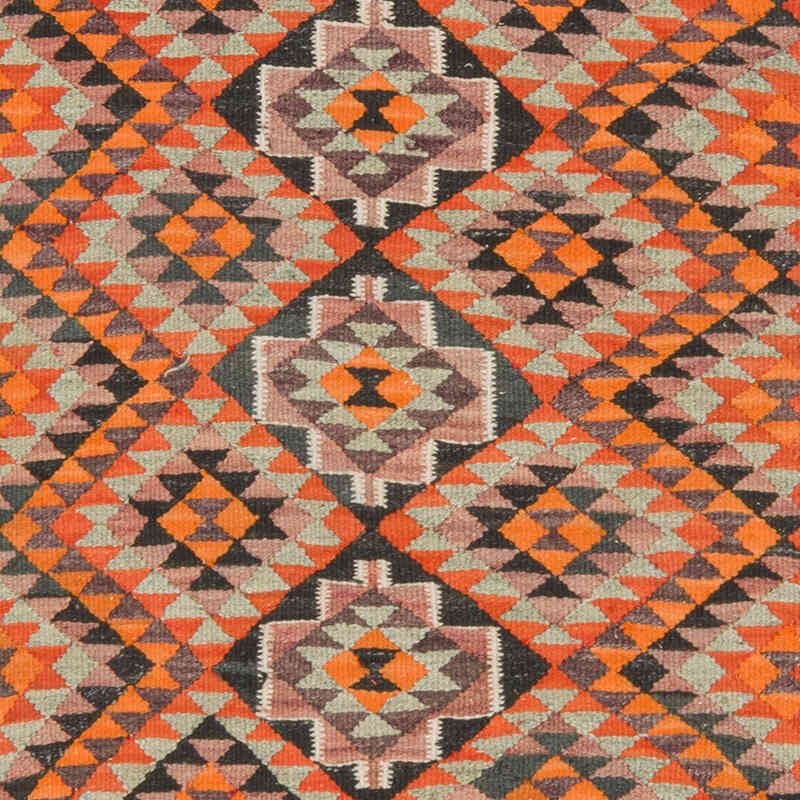

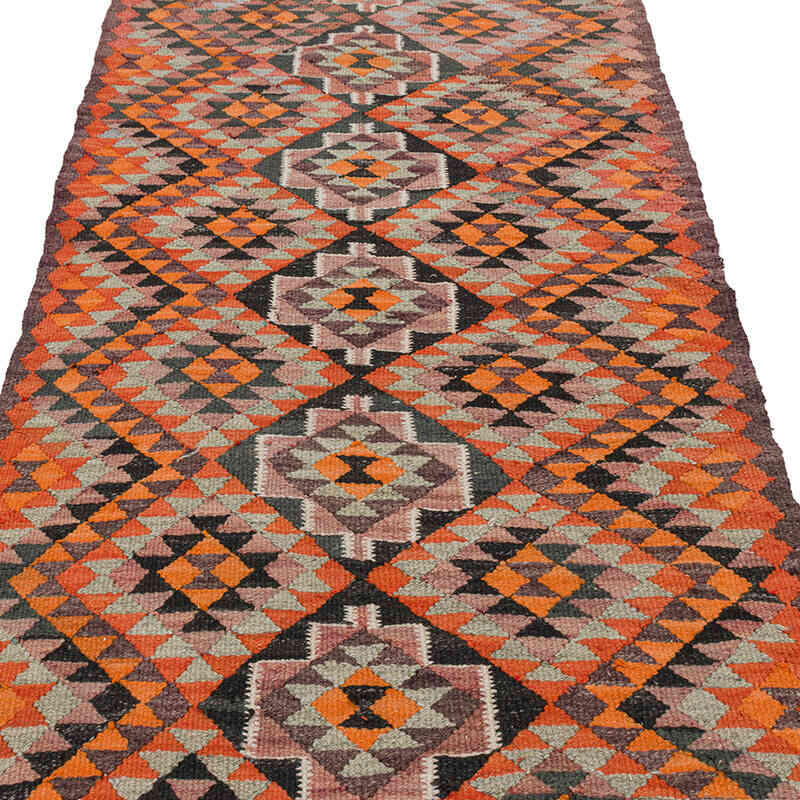
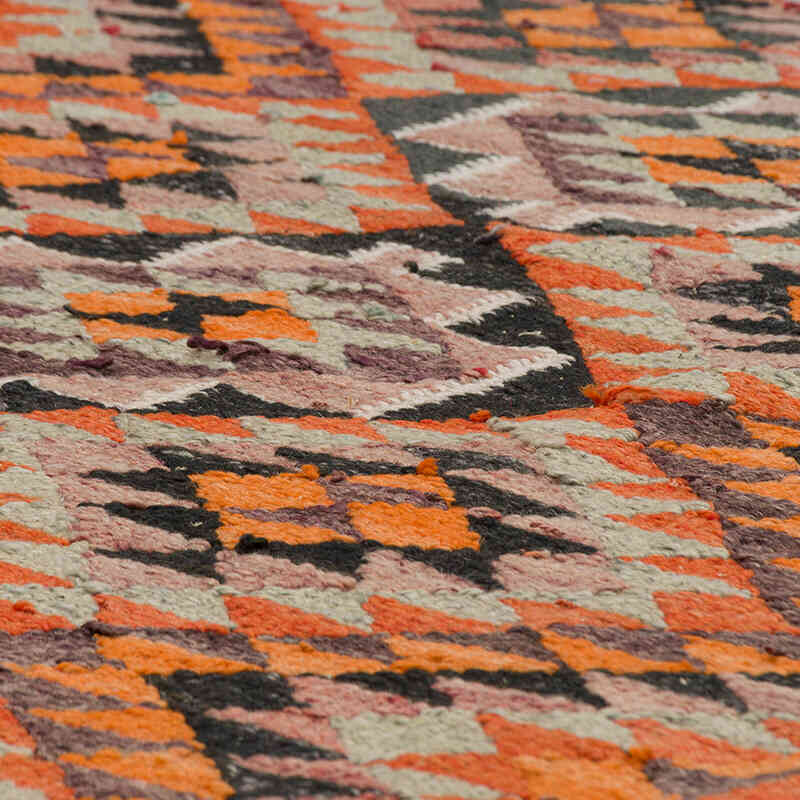
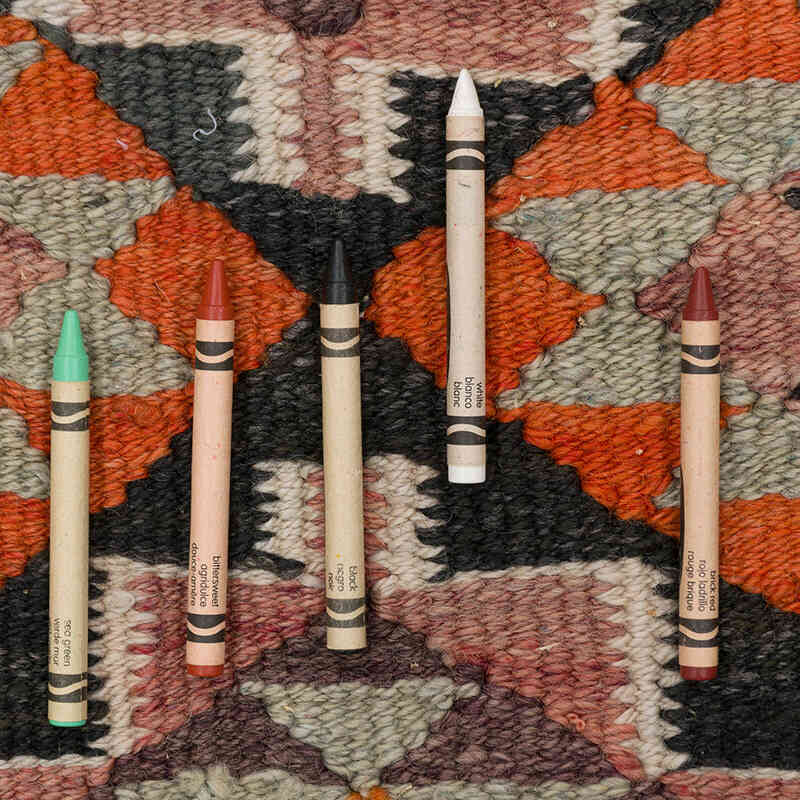
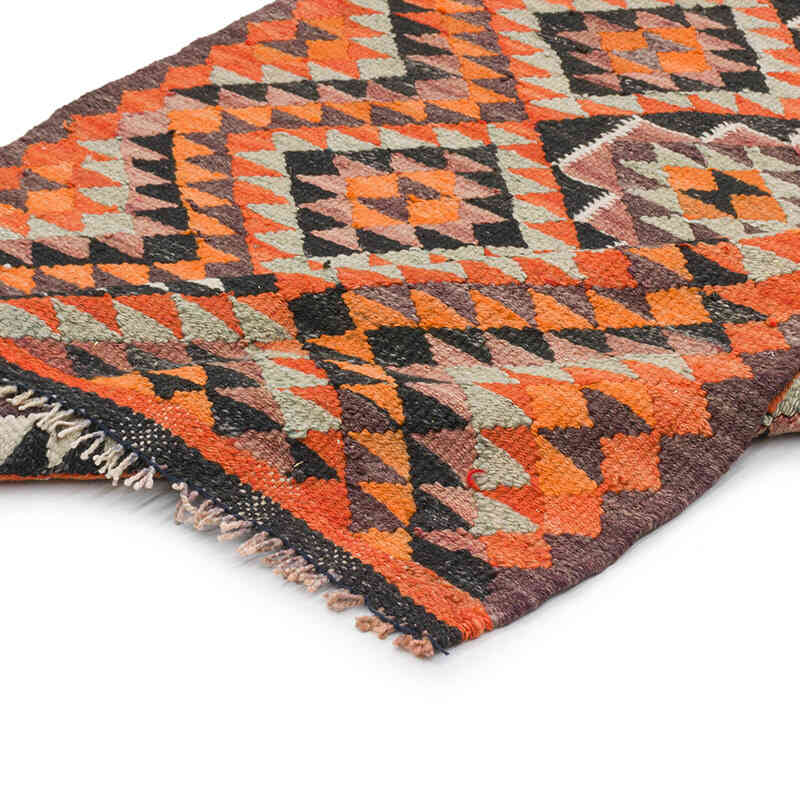
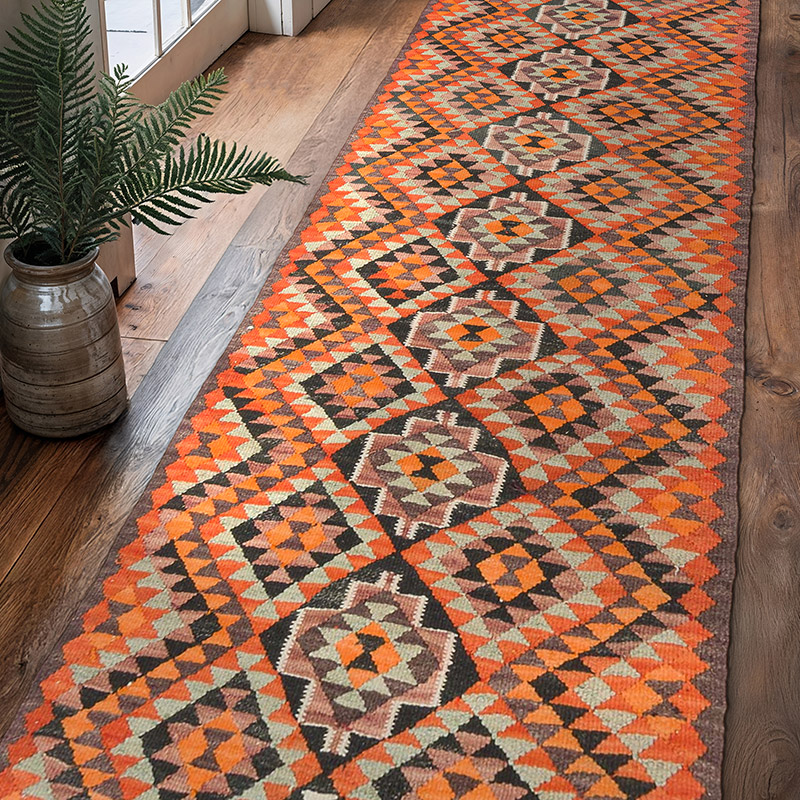








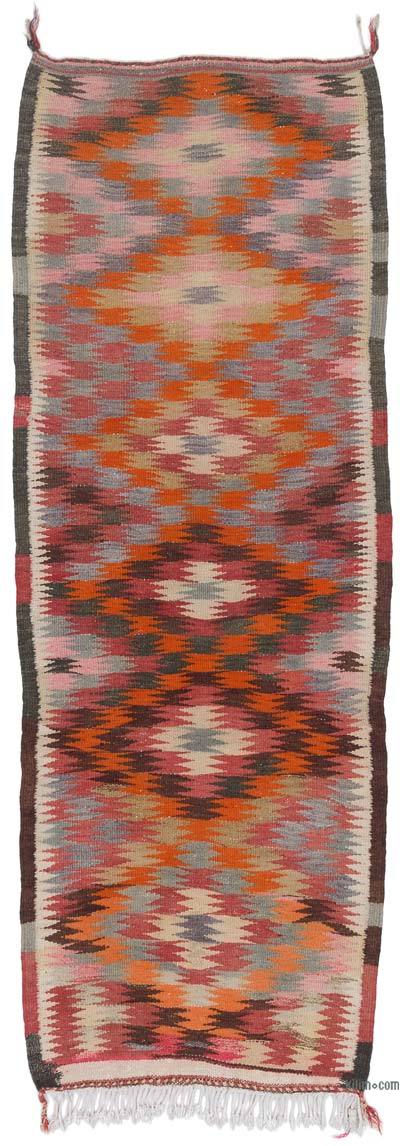




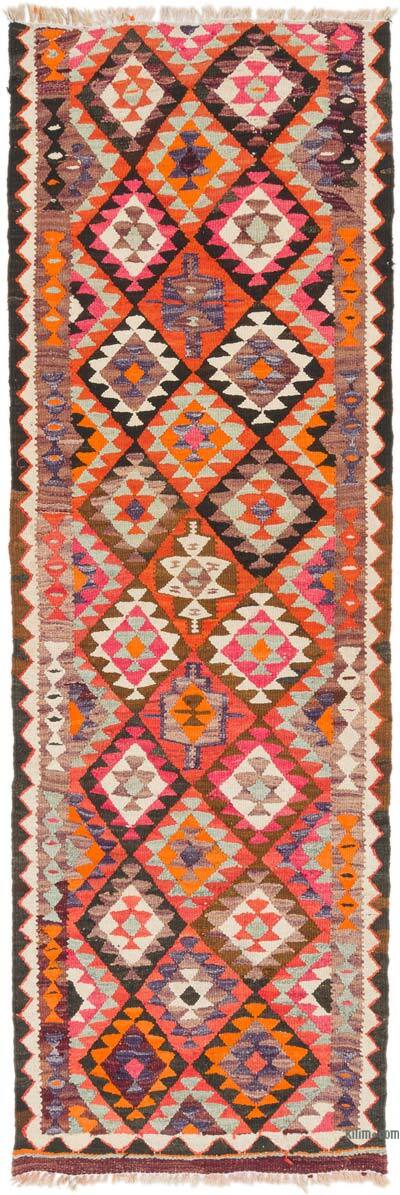


Wonderful rug! Wonderful experience!